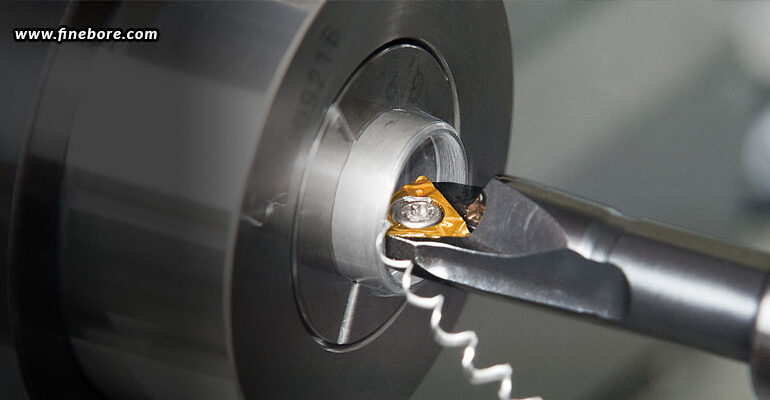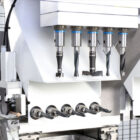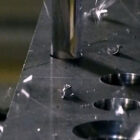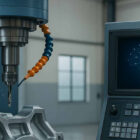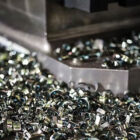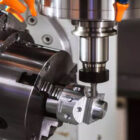Different equipment are used throughout the boring process to enlarge pre-drilled holes according to various specifications. One such technique is precision boring, in which the boring machines enlarge holes by moving parallel to rotating cutters while using a single point cutting tool to bore them into the workpiece. Large internal holes in a workpiece needing exact accuracy and tight tolerances are best produced using these machines. Additionally, by straightening initial holes and fixing flaws from the initial drilling, precision boring machines can be used to maintain high dimensional accuracy.
Boring is a separate procedure from other hole-making machining operations, such drilling and reaming. It is a technique used to manufacture precise size holes within needed tolerance requirements utilizing an existing pre-drilled hole, as opposed to drilling and reaming, which involve creating an initial hole and smoothing out the walls of that hole, respectively. The following tips will help you ensure that your boring project fits your requirements and yields the finest results.
Considering your application
A lathe, mill, or boring-specific equipment, such as jig bores, boring machines, or boring mills, can be used to execute the boring process. Boring using a lathe typically involves less complexity and offers greater flexibility than boring with a mill. Think carefully about your application before selecting the boring machine.
Choosing the right materials
Chatter is a common issue observed during the boring processes; and this issue might raise questions about quality too. Reduced chatter leads to improved output and surface quality. Chatter can be reduced by using boring heads and bars made from heavier materials. Tools made of tooled steel, carbide, or tungsten will also endure longer than inexpensive steel alternatives.
Selecting the right boring head
For larger holes with precise tolerances, milling machine boring heads are advised. The boring head determines the range of hole sizes. You must alter the boring head size in order to change the hole size. Because of this, boring operations on mills are more difficult but also more accurate than those on lathes. Choose your boring head wisely.
Choosing your boring bar
For both milling and turning operations, boring bars are employed. The length of the boring bit is essential since deeper holes require longer bores than shallow holes do. If the bar fits in the hole, boring bars can make holes of any size. Because multiple size bores can be produced using the same bar, boring bars are a more flexible solution than boring heads.
So, consider everything from your application and the materials you require, to the boring bars, boring heads, and other tools you may need, before making a purchase. FineTech Toolings is one place where you can get all the tools you might need. It can provide you with anything, whether you need a boring bar, a boring head or an entire tool kit. Whatever your needs, FineTech Toolings’ precision boring tools in Bangalore can meet them all – finish boring, rough boring, large diameter boring, deep boring, or any other form of specialized boring. Additionally, every product manufactured here is industry-specific in nature, and in conformance to international quality standards, guaranteeing its high quality and authenticity.

